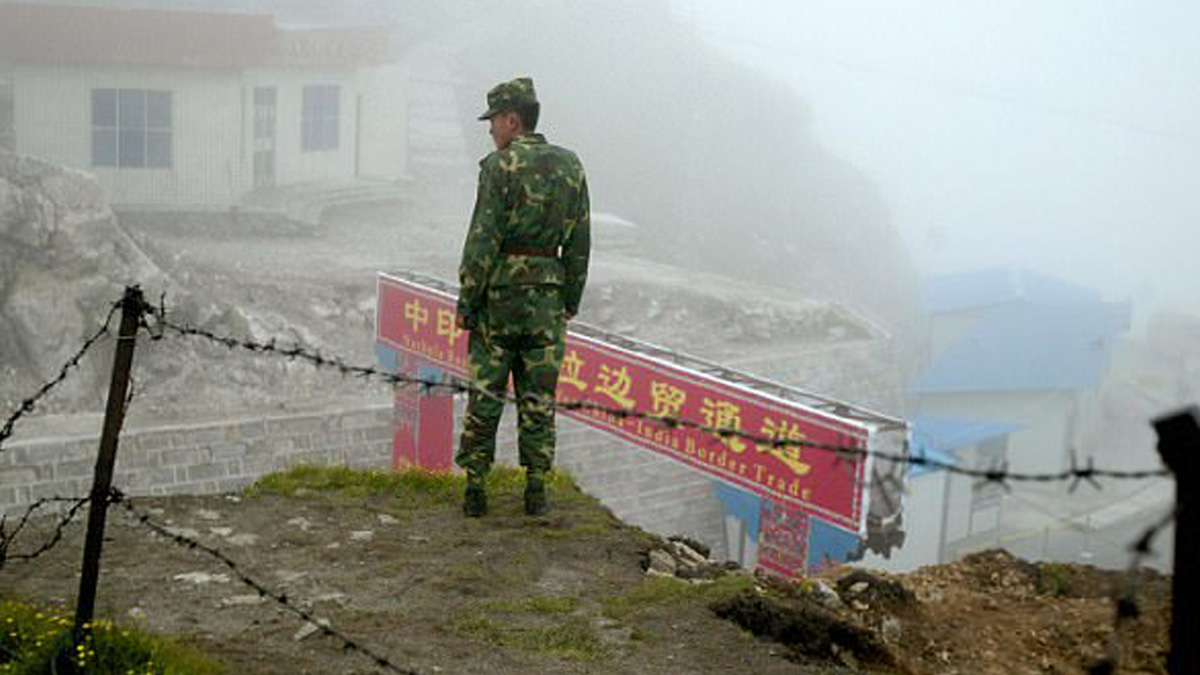
China Releases 2023 Map Asserting Territorial Claims, Including Indian Territory
In a move that has once again sparked controversy, the Chinese government released its “2023 edition of the standard map of China” on August 28, reaffirming its territorial claims over disputed regions, including Indian territory. The map, released by the Ministry of Natural Resources on August 28, prominently includes the entire State of Arunachal Pradesh and the Aksai Chin region as part of China’s sovereign territory.
China’s persistent inclusion of these disputed regions on its official maps has drawn criticism from India and the international community. Arunachal Pradesh, located in northeastern India, has long been a subject of territorial dispute between China and India. The Aksai Chin region, situated in the western Himalayas, has been a contested area since the Sino-Indian border conflict in the 1960s.
Notably, the 2023 map also maintains the controversial “nine-dash line” that encompasses the majority of the South China Sea, asserting China’s expansive claims in the region. Additionally, a new feature on the map, referred to as the “tenth dash,” underscores China’s claims over Taiwan, reinforcing Beijing’s stance on the island’s sovereignty.
This release comes after China’s decision in April to “standardize” the names of 11 locations in Arunachal Pradesh, including areas near the state’s capital, Itanagar. Observers believe that this move was in response to India’s hosting of events leading up to the G-20 summit, which Beijing had opposed. Chinese President Xi Jinping is slated to attend the upcoming summit in New Delhi on September 9-10.
The 2023 map’s launch coincided with what China has dubbed “National Mapping Awareness Publicity Week,” a period focused on promoting the significance of mapping and territorial claims within the country.
Beyond the map’s symbolic implications, the Ministry of Natural Resources also announced plans to release digital maps and navigation tools for various applications, including location-based services, precision agriculture, platform economy, and intelligent connected vehicles.
China’s recent efforts to reinforce its territorial assertions align with its broader strategy under President Xi Jinping. The government passed a new border law in 2022, outlining responsibilities for both civilian and military authorities to safeguard national sovereignty. The law also emphasizes the importance of border education and mandates military drills to deter perceived “invasions, encroachments, and provocations.”
India has expressed concern over China’s continued assertion of these territorial claims, calling for diplomatic dialogue to address the underlying disputes. The international community will closely monitor developments as tensions persist in these disputed regions.














Comments